As we continue to harness the power of Generative AI (GenAI), several key design patterns have emerged that enhance the context and performance of AI solutions.
In this article, we’ll explore eight of the most effective GenAI design patterns that are revolutionizing the way we build and implement AI technologies.
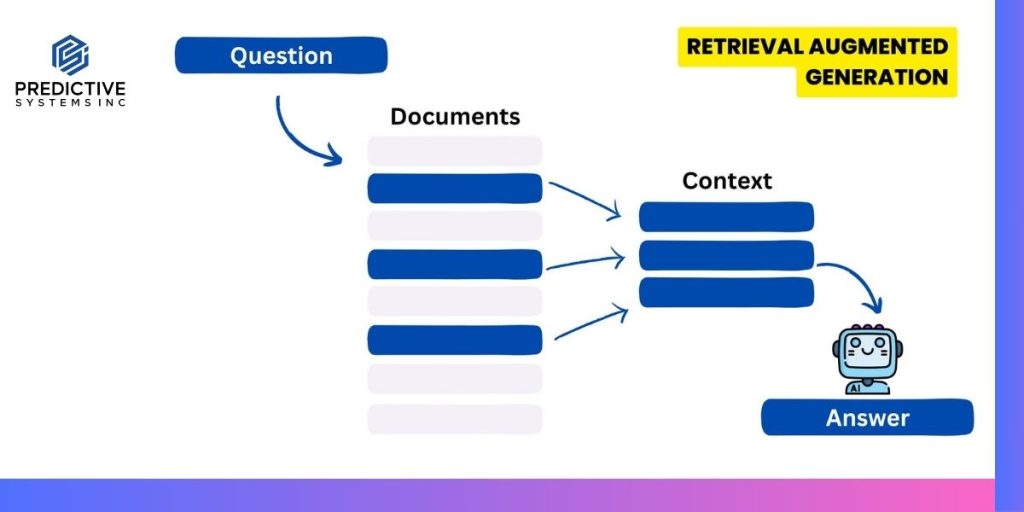
1. Retrieval Augmented Generation (RAG)
RAG works by retrieving the most relevant portions of a document and using that context to generate an answer. Imagine you are troubleshooting a steering wheel problem in your car. Instead of reading the entire manual, you only look for sections related to the steering wheel. RAG functions similarly by having the AI sift through a massive digital library to extract the most relevant snippets, crafting these into a coherent and informative answer.
When dealing with technical support, RAG can efficiently pull specific instructions or solutions from a large database, providing precise answers without overwhelming the user with unnecessary information.
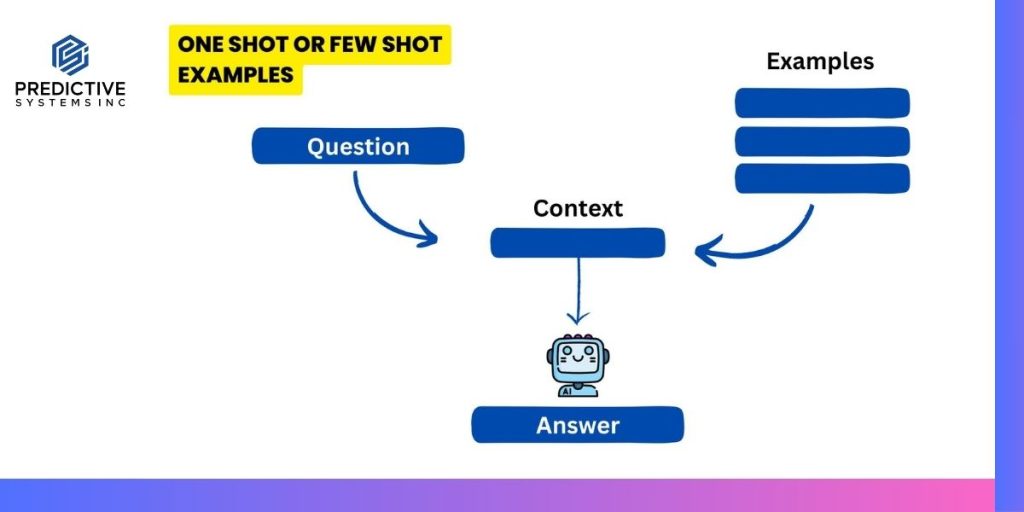
2. One-Shot or Few-Shot Learning
This pattern involves showing the AI a few examples to guide its response generation. It’s akin to giving the AI a cheat sheet. For instance, teaching a child to solve a math problem by showing them a solved example first. By providing one or two examples, the AI learns the desired style and format, enabling it to deliver answers that follow the same pattern. This approach has proven effective in various studies, especially for tasks requiring reasoning.
Customer service bots can use this method to learn how to handle specific types of queries by analyzing a few examples, improving their ability to respond accurately and effectively.
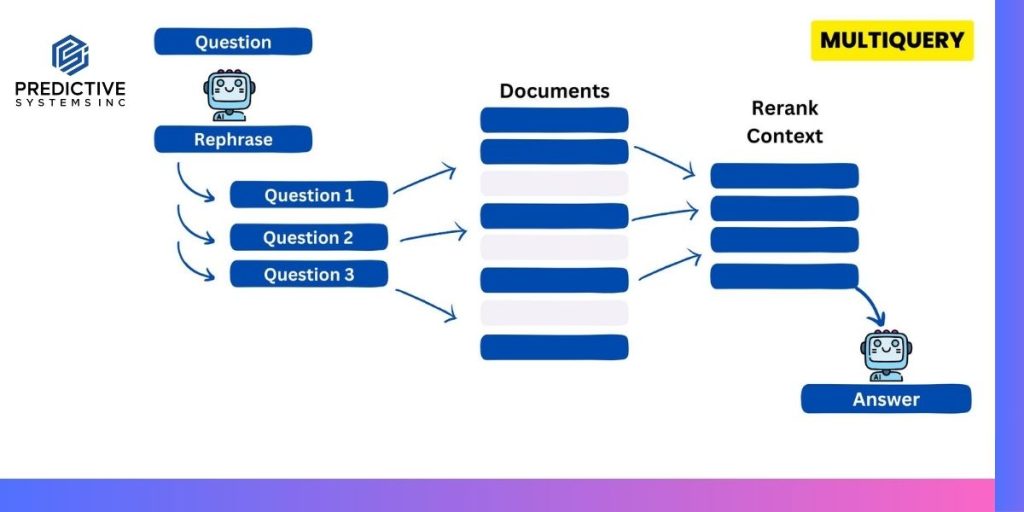
3. Multiquery Retriever
This design uses AI to rephrase the original question into multiple related questions, often providing a broader perspective on the topic. This method leads to finding more relevant context, which is then ranked by relevance before generating an answer. It’s like asking the AI to expand on the original question to gather more comprehensive information without the user needing to type lengthy questions.
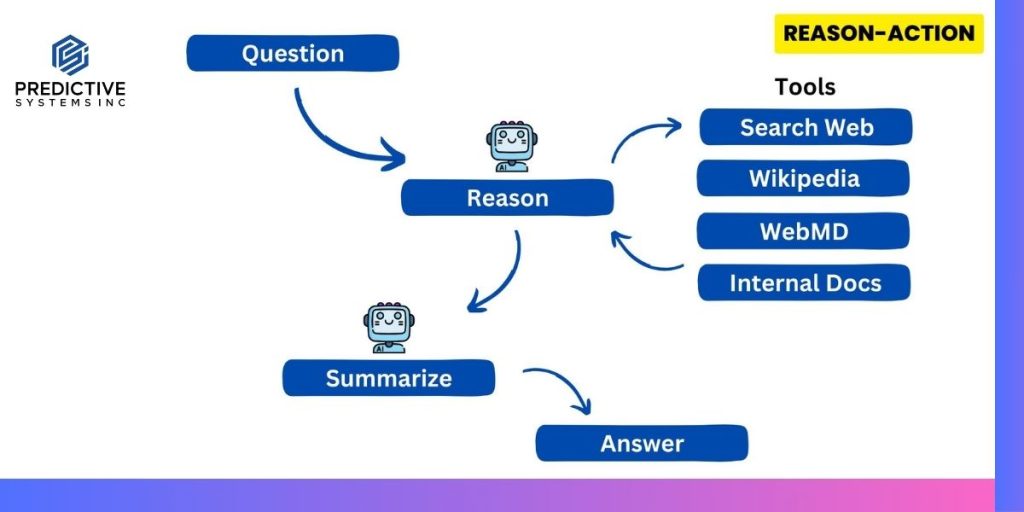
4. Reason-Action (ReAct) Agent
In this pattern, the AI acts like a detective agent. It examines the clues from the questions and available answers to decide if it needs to take an action. The ReAct agent has multiple tools at its disposal, such as searching the web or consulting databases like Wikipedia or internal documents. It decides which tools are most useful for the given question, retrieves the information, and uses it as an additional clue. This iterative process continues until the agent is satisfied with the clues and generates a response based on the gathered information.
In healthcare, a ReAct agent can help diagnose patient symptoms by consulting medical databases and literature, ensuring a comprehensive and accurate diagnosis based on the latest information.
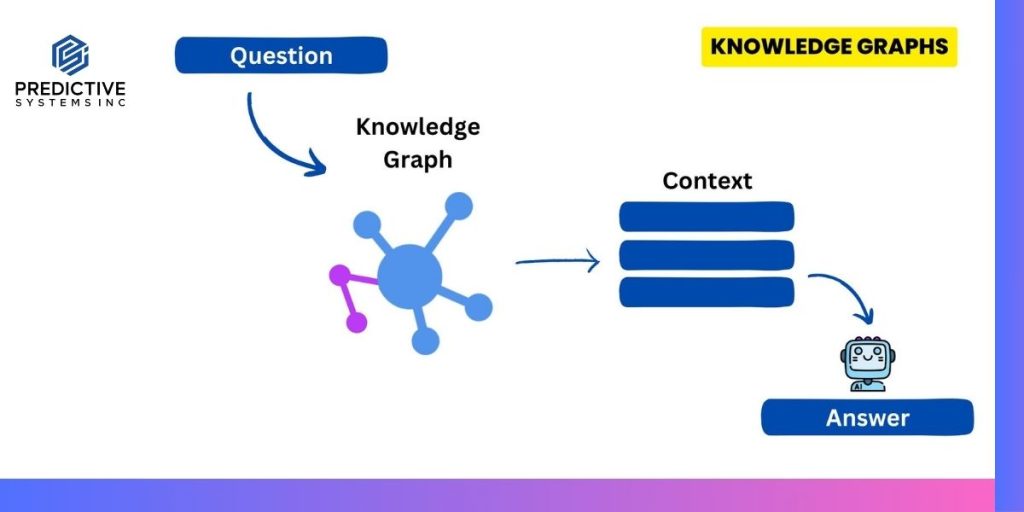
5. Knowledge Graphs
Knowledge graphs represent real-world entities and their relationships, enabling smarter GenAI answers. For example, in a soccer context, a knowledge graph might link entities like players and balls with relationships such as kicking. By using this representation, AI can return more realistic and accurate answers. This approach helps the AI understand the context in a more meaningful way, leading to better response generation.
In customer service, knowledge graphs can help AI understand complex relationships between products, services, and customer queries, resulting in more precise and helpful responses.
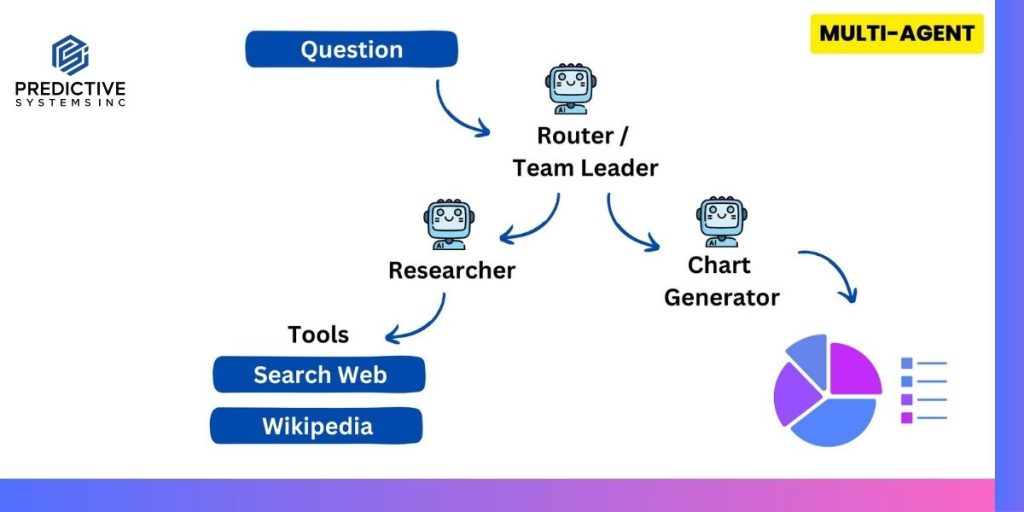
6. Multi-Agent Systems
This pattern is a variant of the ReAct pattern but involves a router (or supervisor) responsible for invoking other agents or tools. Similar to a team leader coordinating tasks among team members, the router agent identifies if research is needed. It instructs a research agent to look for answers and assesses the data once it’s returned. If the data is insufficient, it prompts further research. Once satisfied, it can ask other specialized agents, such as a chart generator, to produce the desired results.
In business analytics, a multi-agent system can automate the process of data collection, analysis, and report generation, ensuring comprehensive and accurate results.
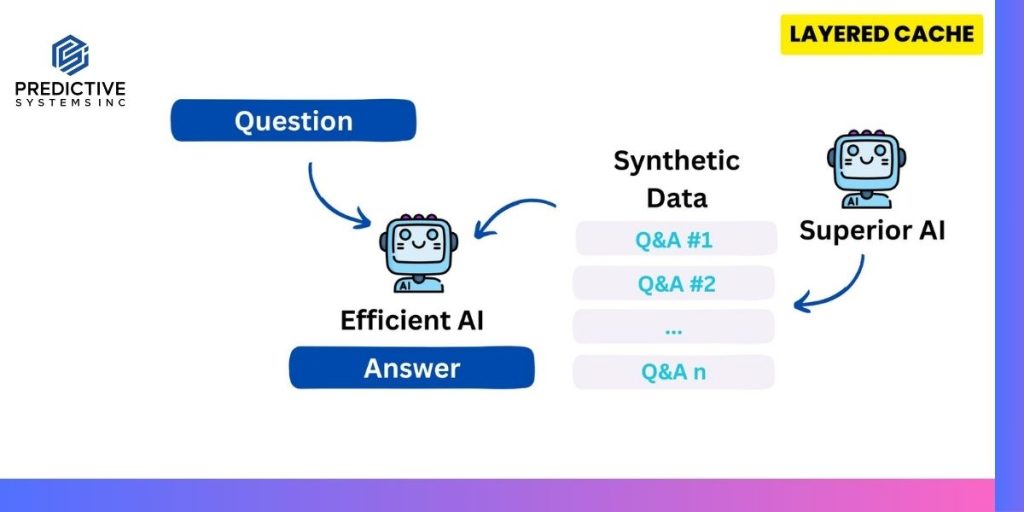
7. Layered Cache
Layered cache optimizes operations by using smaller models, such as Microsoft’s Phi 3 or Llama 7b, which are cost-efficient. These smaller models are made smarter by preparing a set of questions or prompts that users might ask. A larger model generates sample questions and prompts, known as synthetic data, which are stored in a vector store acting as a cache. The smaller model then references this cache when searching for answers, making the process both smart and efficient.
In e-commerce, a layered cache can speed up the retrieval of product information and recommendations, enhancing the user experience with quick and relevant results.

8. Red Team and Blue Team
This tag-team approach ensures that answers are validated before being sent to the user. The blue team acts as the writer, generating the initial response. The red team then checks the response for factors like accuracy, relevance, and toxicity. If corrections are needed, the response is sent back to the writer. Once the red team is satisfied with the answer, it is finalized and returned to the user.
In content moderation, this pattern helps ensure that generated content is appropriate, accurate, and free from harmful elements before being published or shared with users.
Why are GenAI Design Patterns Important?
GenAI design patterns are crucial because they provide structured approaches to leveraging AI’s capabilities. These patterns improve efficiency, accuracy, and relevance in AI-generated outputs, making AI tools more reliable and useful across various industries, from automotive troubleshooting to customer service and beyond.
Discover more about how these GenAI design patterns can transform your business. Contact us today for a consultation and see how we can tailor AI solutions to meet your unique needs.


